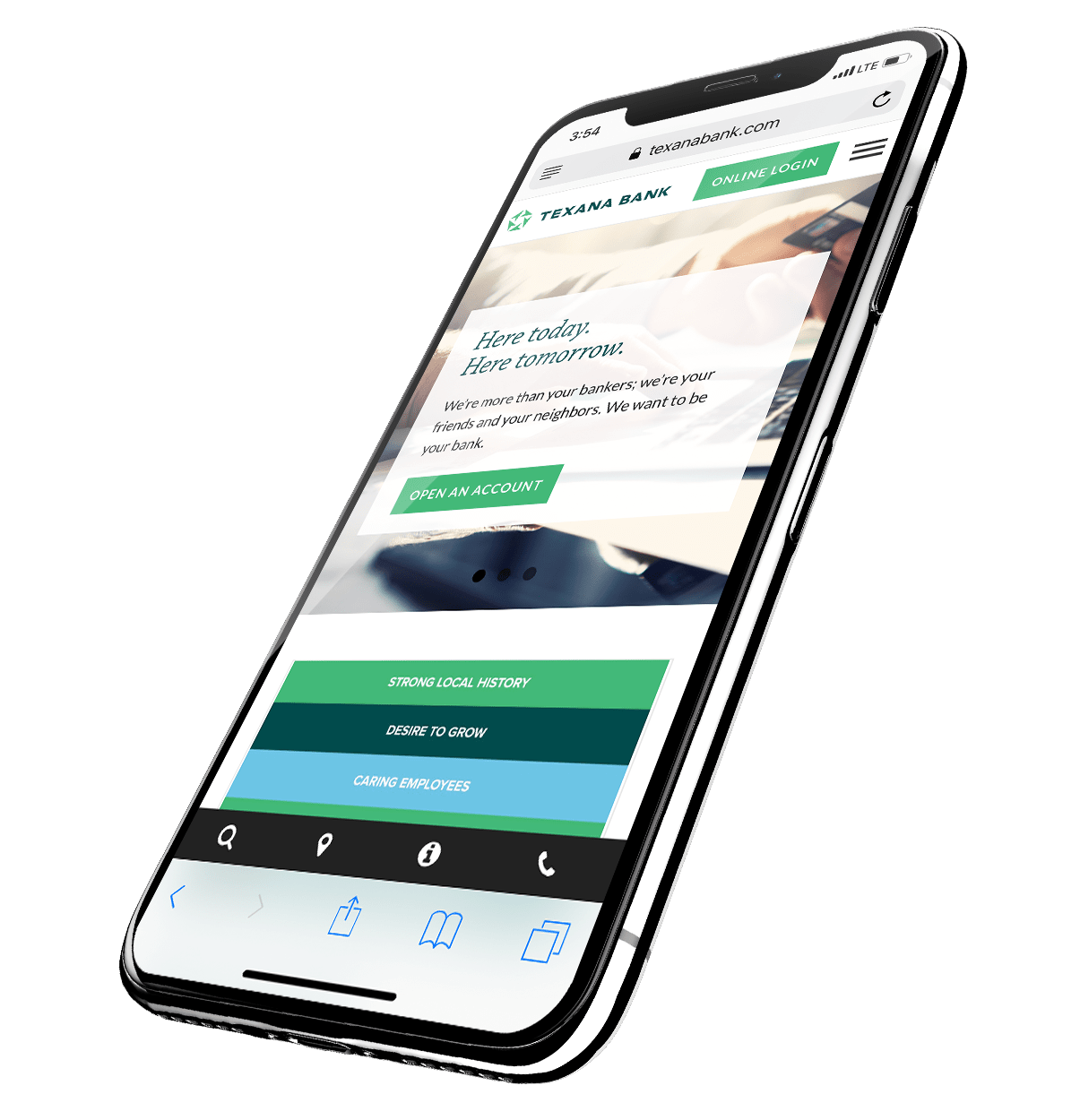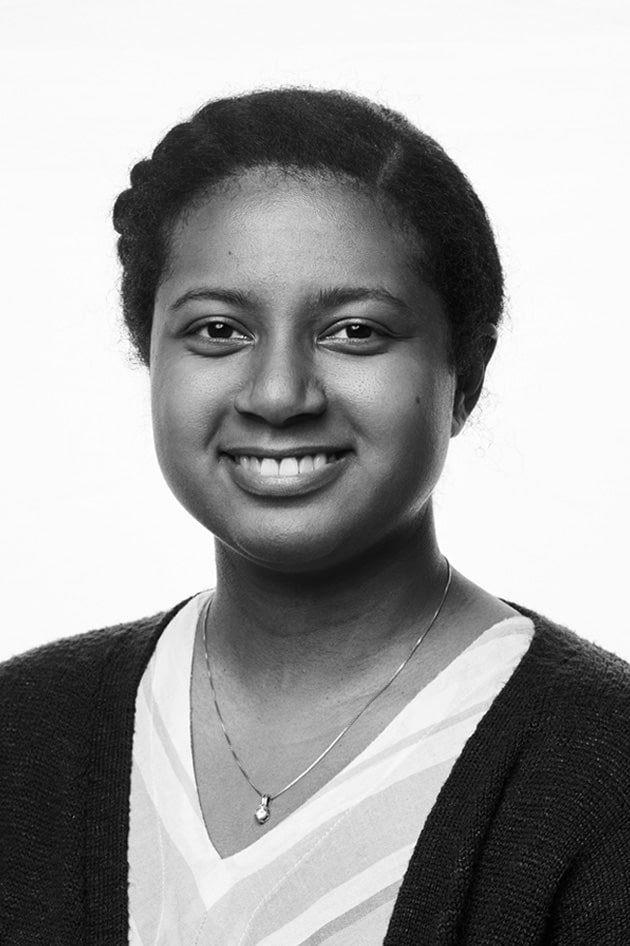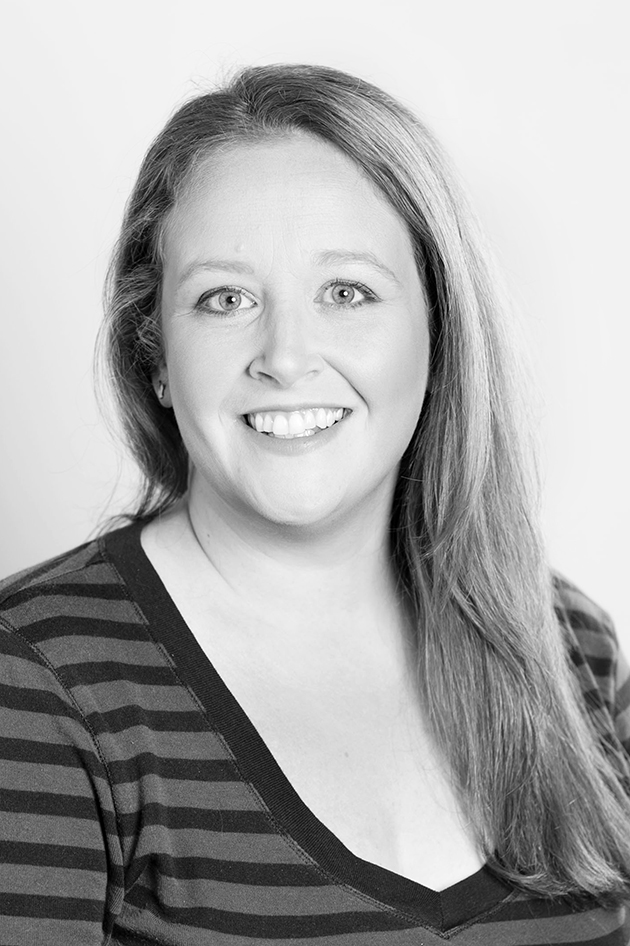
10 Banks, 10 Accounts is a 10-part series in which we sent one of our copywriters Riley on a mission to open a checking account at 10 different banks to find out how they make their customers feel, learn what they’re doing well, and see what they’re doing poorly.
We’ve kept the banks anonymous to protect the integrity of the project—hopefully, you’ll see your institution in some of them. Hover or click on the bank names to learn more about them as you read. If this is your first time reading, start here to learn more about Riley and this project—10 Banks, 10 Accounts.

Until now, I’ve mainly talked about delivery channels and making the most out of your client touchpoints. But financial education is more than that. It’s your meat and potatoes, as we say down here in Mississippi.
“But Riley, we’re a bank, not a school!” You’re totally right. If we ever talk in person, I’d love to pitch a few ideas I have about getting your bank involved with local schools.
For now, let me just say this: A more knowledgeable customer base is a more valuable customer base. Not only will your clients trust you more with their money, they’ll be comfortable enough to utilize more financial products. They’ll borrow more responsibly, and they’ll have more money to deposit in savings.
I’m happy to say that most of our 10 banks offered a respectable base of FinEd content. They each organized and presented this content a little differently, which you can read more about later in The Full Report.
What we talk about when we talk about content
Of our 10 banks, four seemed to create most of their content in-house. Three banks used an even mix of original and purchased content, while two relied totally on a third-party service for FinEd content. Only one bank had no financial education content at all.
Third-party content is far from taboo. It can stand alone as your primary content base (if it’s good, of course), or it can supplement your own original content. If it’s engaging, helpful, and easily accessible, customers won’t care where your content comes from.
As much as I root for the underdog, Top 10 Megabank’s FinEd library takes the cake. The bank partnered with a nonprofit organization that specializes in online academic curriculums, then produced a wealth of content that does a good job of pulling the reader in. Top 10 Megabank’s FinEd content stands out not because of the information itself, but because the articles weave together infographics, calculators, videos, and other tools into a truly seamless experience. And, from a user perspective, the decision to present information in a range of mediums kept me from getting bored.
Now let’s look at Neobank. From what I could tell, Neobank makes all its content in-house. The bank even created a sort of curriculum that guides clients through various scenarios like creating a budget, shopping for a home, etc. The content is gold. It truly gives consumers what they need to change their financial lifestyles. Unfortunately, it’s all delivered as plain text on a dreary beige background. It’s like putting a Ferrari engine in a Ford Taurus.
Obviously, Top 10 Megabank has all the resources in the world and makes good use of them. No matter the nature of your content, or your budget to procure or create it, be sure to consider these two questions: What’s the most interesting version of this content? How could we show this differently? That doesn’t just mean infographics, think about videos and animations, too.
But Top 10 Megabank isn’t perfect. In fact, Neobank and a few other banks edged out Top 10 Megabank in the integration of blogs and articles across their websites. For instance, Regional Hotshot’s checking and savings product pages featured links to blogs about budgeting and emergency funds. And those blog posts about budgeting and emergency funds linked back to Regional Hotshot’s products that help clients hit their savings goals.
Top 10 Megabank’s content, meanwhile, remained caged in its own little corner of the website, never appearing alongside actual Top 10 Megabank’s products and services.
It’s one thing to list the benefits of a product along with its features. It’s much more helpful to tell clients how they can use a product to improve their financial health or meet their goals. That’s a banking unicorn, from a consumer’s perspective.
The advantage of original content
For a long time, Tweener employed a third party for its content (I could tell by the copyright attributions at the bottom of the articles). But this year, the bank started creating its own original content, and guess what? It’s far better. The tone feels more conversational and real, and the pieces have more heft, even on universal topics like HELOCs or IRAs.
Why? It’s content from a bank speaking directly to its customers, not from a company trying to make content generic enough to appear anywhere. This, perhaps, is an area in which community banks can excel over megabanks. For instance, Regional Creeper’s original content contains the author’s picture, byline, and position within the bank—which goes a long way in creating a sense of authenticity, accountability, and trust.
As a matter of fact, the regional banks in this project who developed their own content each had a few headlines that really stuck out and focused on topics that I didn’t see anywhere else. One bank, for instance, had a great article on the financial abuse of elderly folks. Another bank with a presence in Louisiana gave advice on how to keep your money safe during Mardi Gras. Yet another bank penned an article filled with tips on budgeting for child care. One bank devoted an entire section to financial hardship content, which includes job loss, divorce, and disaster recovery—super real talk for a bank.
It sounds like these regional banks know who their customers are, as well as the unique problems they’re facing. How much do you know about your own customers? What information are they seeking but are unable to find? Track your traffic—if a topic or type of post drives a ton of traffic, you may have found something your customers are interested in. Fill that gap, and you’ll be on your way to adding value, to being the bank customers turn to for help.
I could jabber on about content creation, but that’s not what I’m here for. No matter what stage of content creation you’re in, these resources will help you, I promise.
I will say this: If you license content from a third party, make sure it’s good. Tweener’s former third-party content was shallow at best. Two other banks used the same third-party curriculum in which each topic was covered by dry 1995-era clip art videos. Snoooooooze. Super Regional Bank, on the other hand, used a third-party financial empowerment program that was well-designed and mega fun to use.
To recap, the best experiences in financial education content had these things in common:
- Relevant product pages and articles referenced each other.
- Related content was easy to find and structured in (at least) a loose order.
- The content itself was engaging, actionable, and valuable.
When these elements came together, I forgot I was doing research and read simply because I was interested in the content before me.
Stumbling blocks
When it came to the less-than-good, a few banks fell over similar stumbling blocks.
Explosive Growth’s FinEd amounted to mere fluff around its products. None of Explosive Growth’s content linked to other areas of content on the bank’s website. Each piece felt like a recipe that lists all the ingredients, but omits any actual cooking instructions.
Regional Creeper’s original content was great, but the pieces weren’t structured by topic and weren’t very browser-friendly. Headlines were mixed in among bank updates, while blog posts and articles didn’t appear anywhere outside of their section of the website.
Bank Absorber’s FinEd content was surprisingly good, but it wasn’t structured exactly right, either. For instance, there’s a mortgage section… but no indication of which article to read first—nothing to guide a financial newbie through the mortgage process. Neobank and Regional Hotshot did a better job with this type of structuring.
As much as I love Super Regional Bank’s FinEd curriculum, it’s difficult to find if you’re not specifically looking for it. Unfortunately, we see this often, as banks bury the lede by not putting their interesting, unique content out front, where hungry consumers can find it.
Lastly, aside from Neobank, none of the banks offered any easy-to-find information about holding or sponsoring in-person financial empowerment events or courses. If you’re holding any type of class in your communities, be loud about it!
Wrapping up
For those of you who are trying to get a game plan together around financial content, start by thinking outside the box and utilizing what you have. Hold a financial education class in your community, or use client testimonial videos to help tell your story. Maybe refine your internal process to include compliance at the start of a project, not at the end. Whatever the case, be creative with your resources, and don’t take on an endeavor if you won’t be able to execute well.
I’m on your side, and so is Mabus Agency. We’d love to help you, whether you’re ready to roll out a robust content program or just want to bat around a few ideas.
For many of you, there are other challenges facing your bank that must take priority over financial education. That’s ok. If there absolutely isn’t room on your plate for tackling financial education right now, you should at least know where your clients stand.
Quite simply, your clients do not understand the role they’re supposed to play in the financial marketplace. They do not believe in their own capacity to make financial decisions for themselves or their families. And that’s a burden they feel daily—according to a report by Nonfiction Research, 52 percent of Americans have cried about money.
Consider these Forbes stats from early 2018:
- 44 percent of Americans don’t have enough cash on hand to cover a $400 emergency.
- 43 percent of America’s 22 million student loan borrowers aren’t making a single payment right now.
- 38 percent of U.S. households have credit card debt—$16,048 on average, with an APR of 16.47 percent.
- 33 percent of U.S. adults haven’t saved a penny for retirement. An additional 23 percent have less than $10,000 saved.
- Only five states require high schoolers to take a personal finance class. These states include just a mere 16.4 percent of all U.S. high school students.
At the end of the day, it’s up to you to find ways to be helpful. But nothing good comes cheap or easy. It takes time and effort and strategy and measureable results.
As always, I’ll end with good news. If you take a look under the hood of your bank, there’s a Ferrari engine in there. Being financial professionals means you already possess the knowledge your clients need. What you do with it is up to you.




